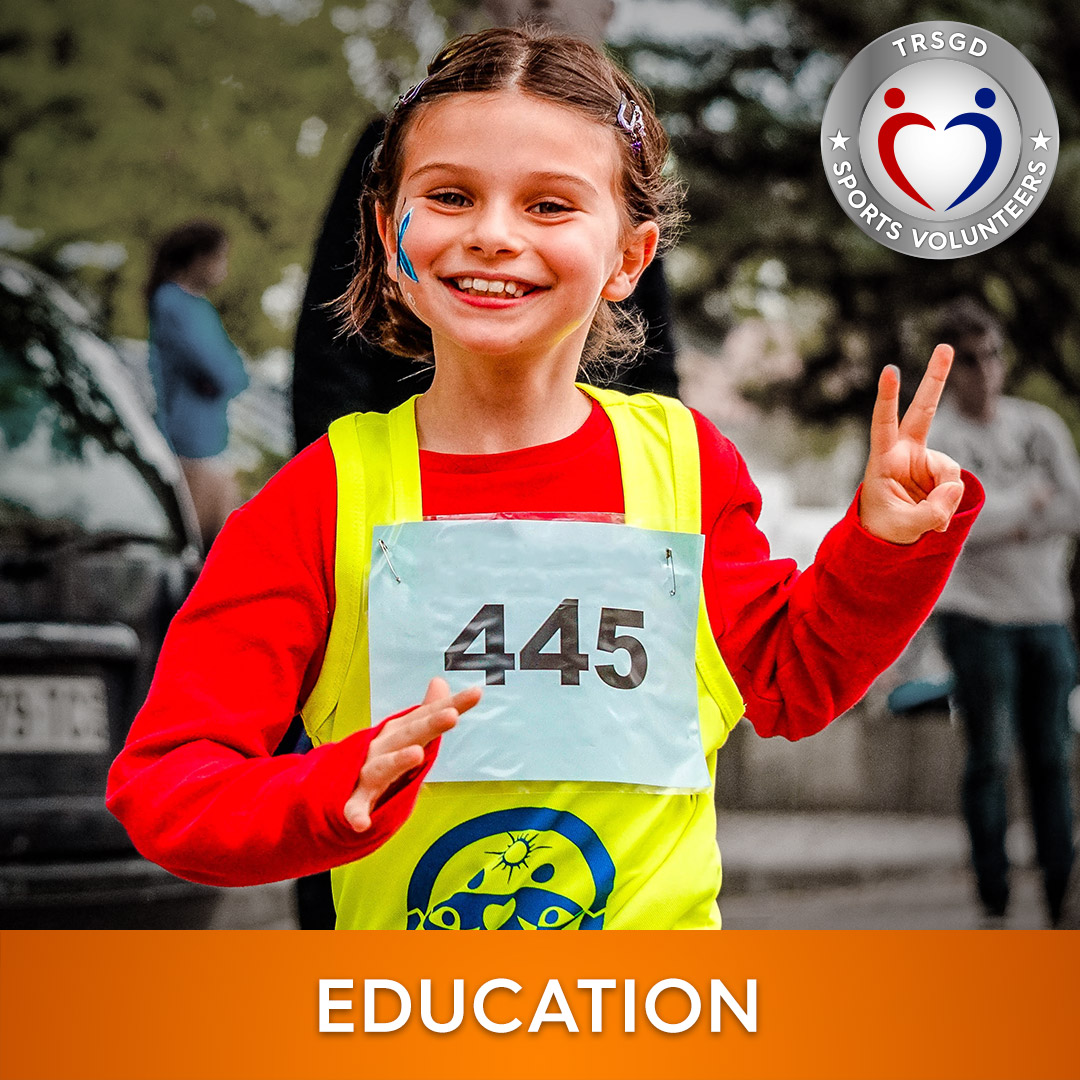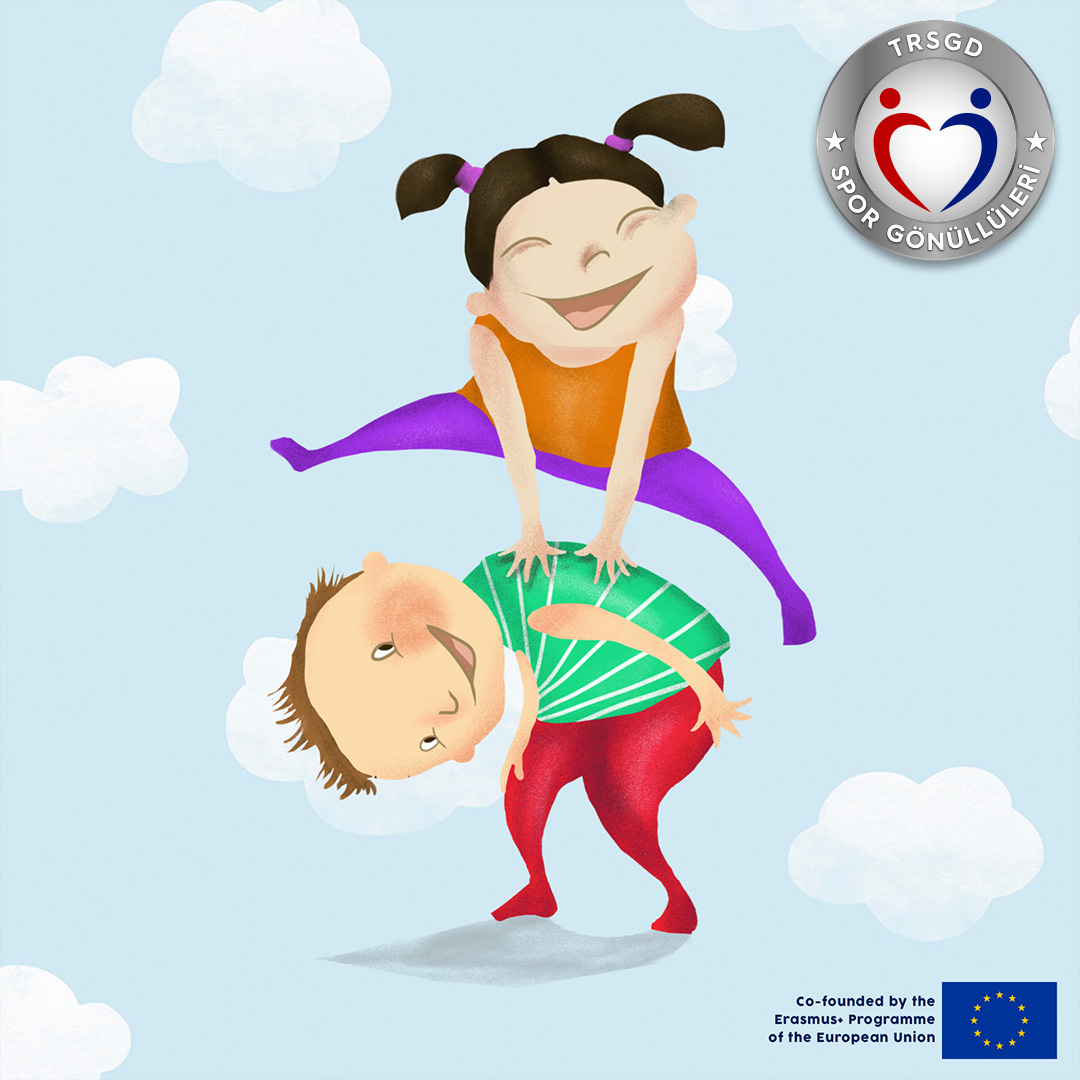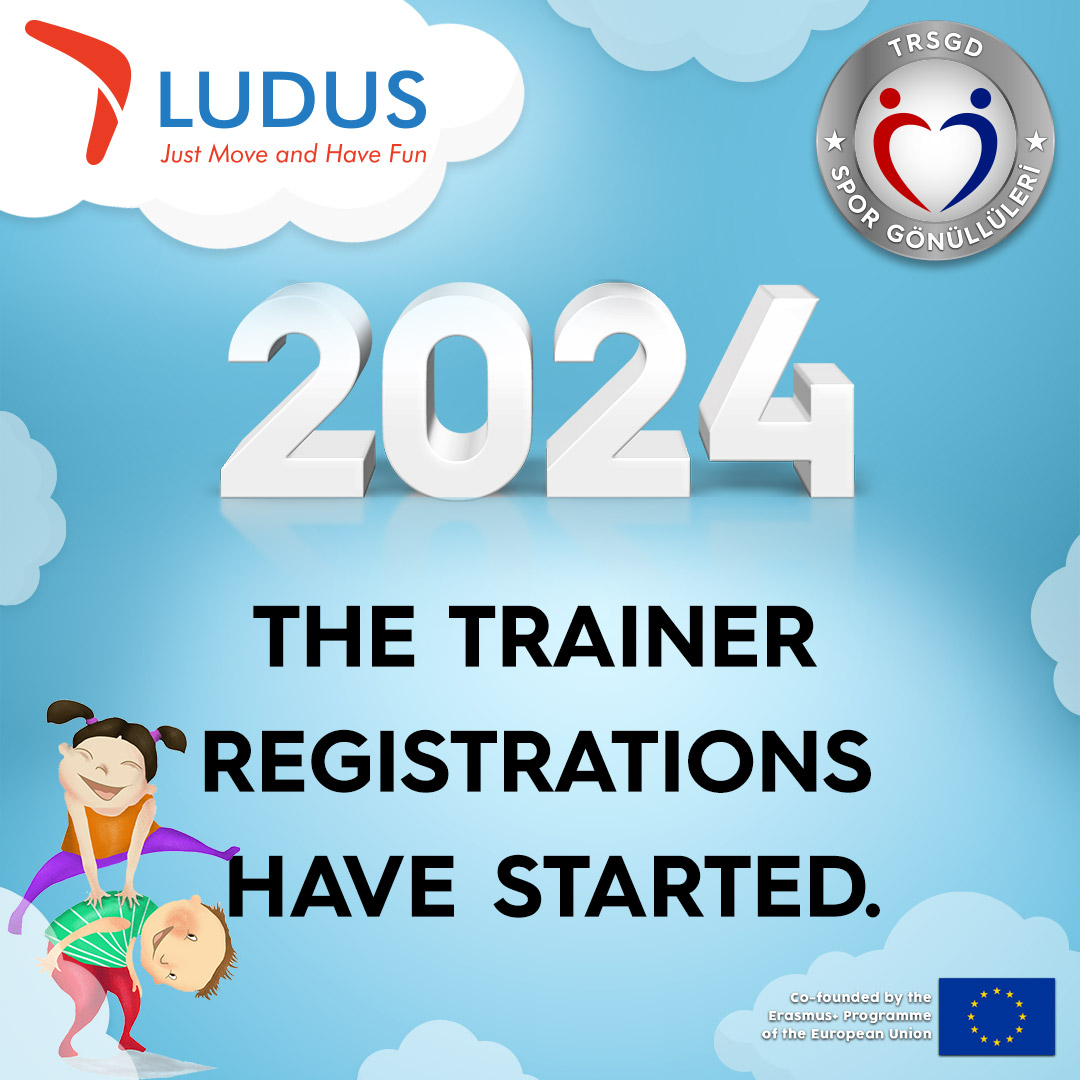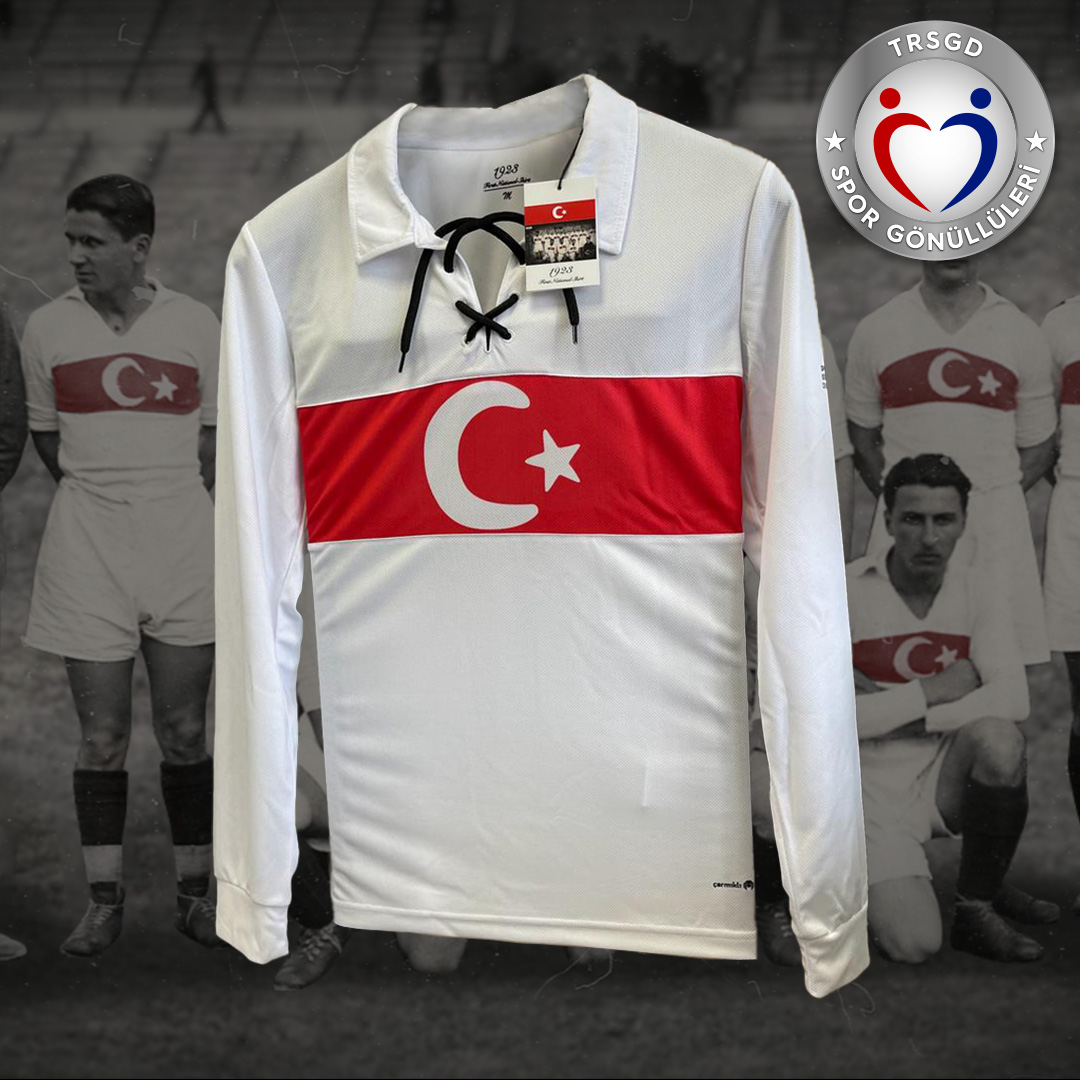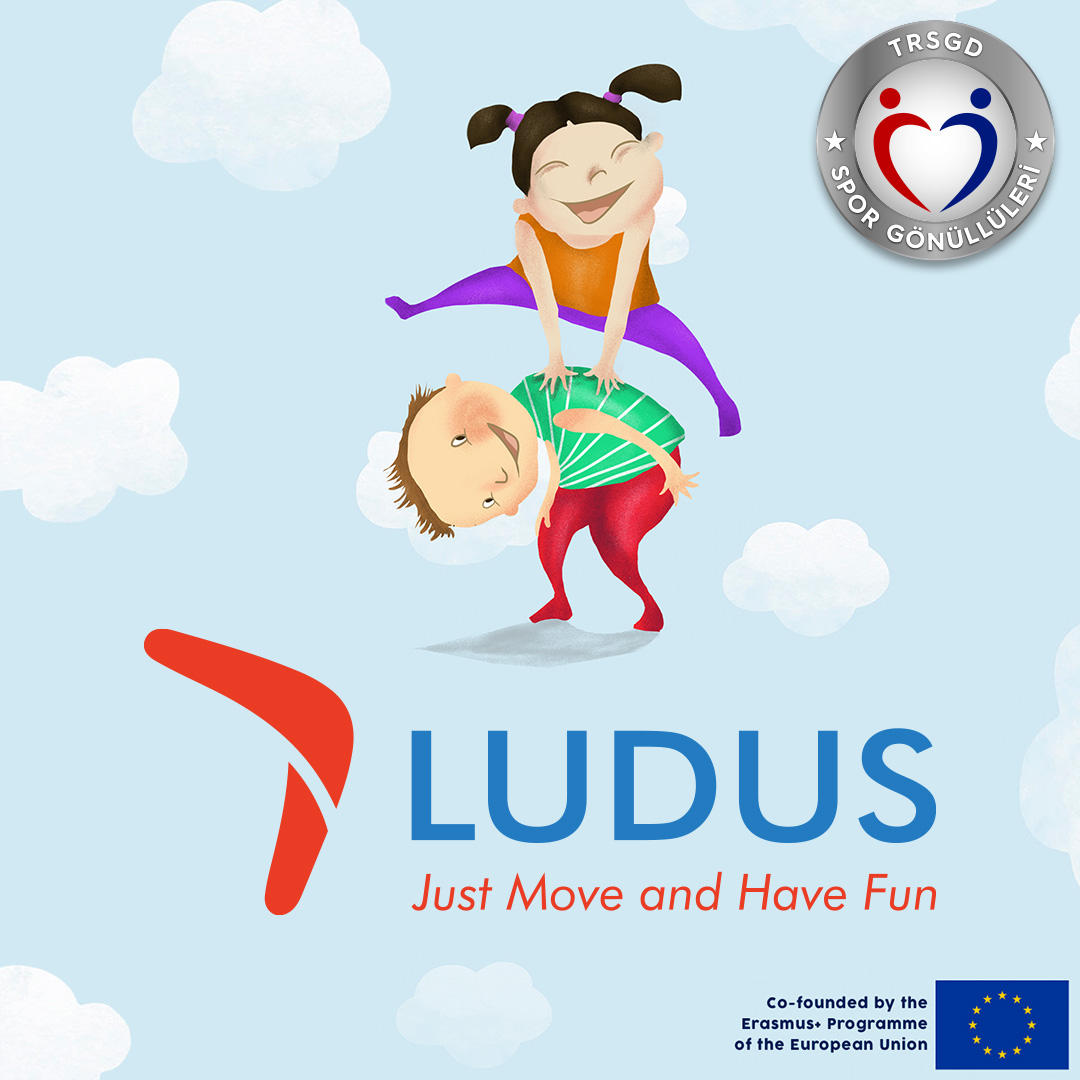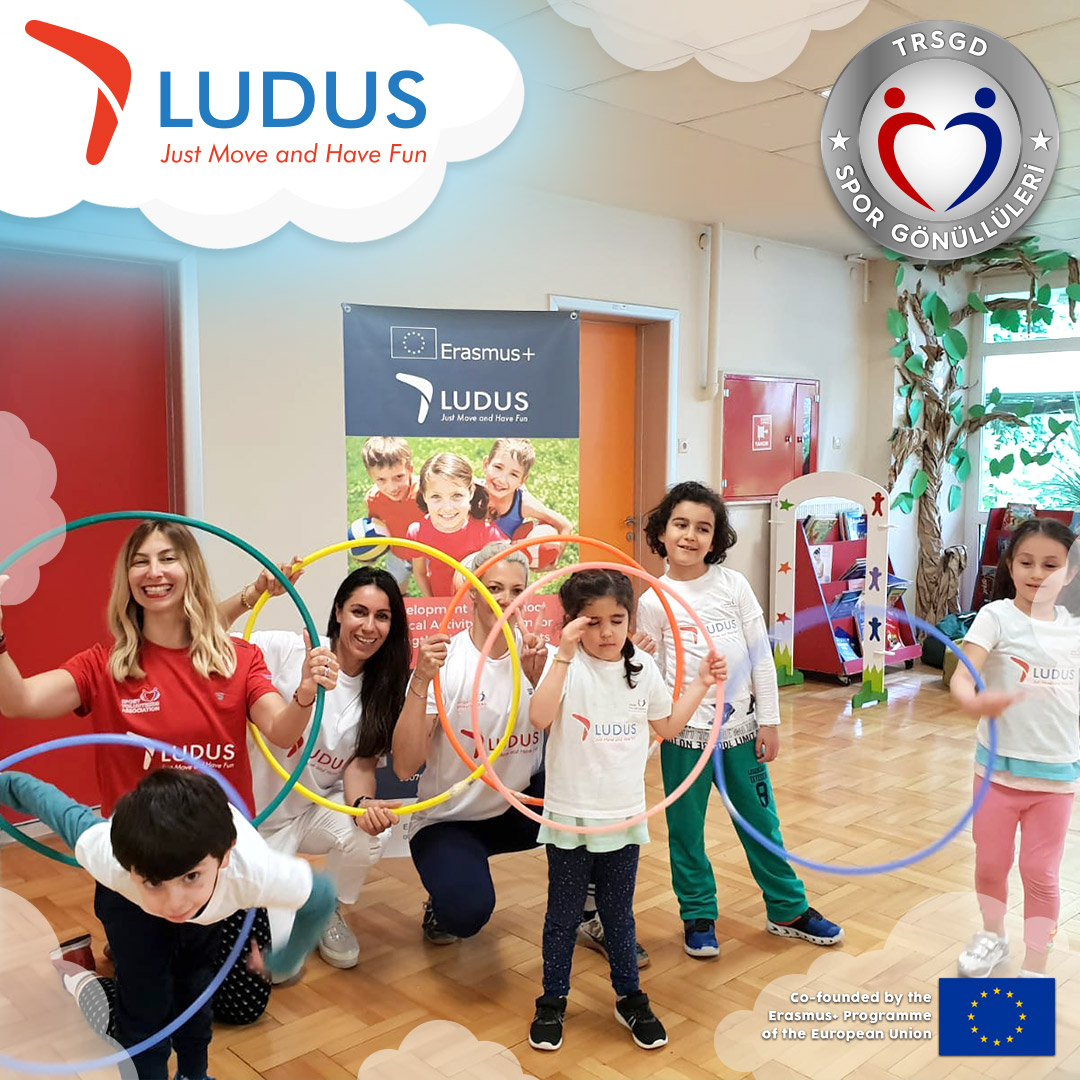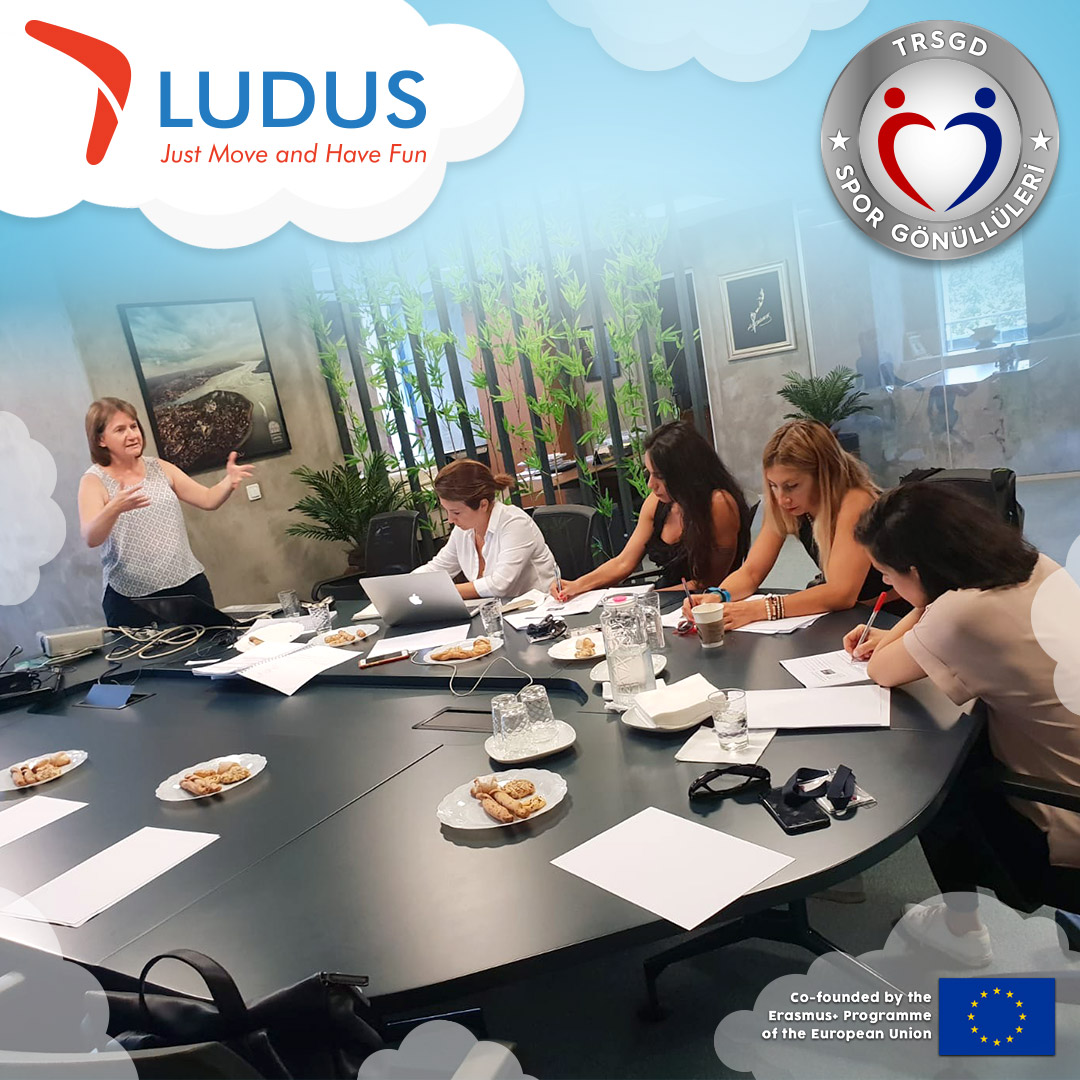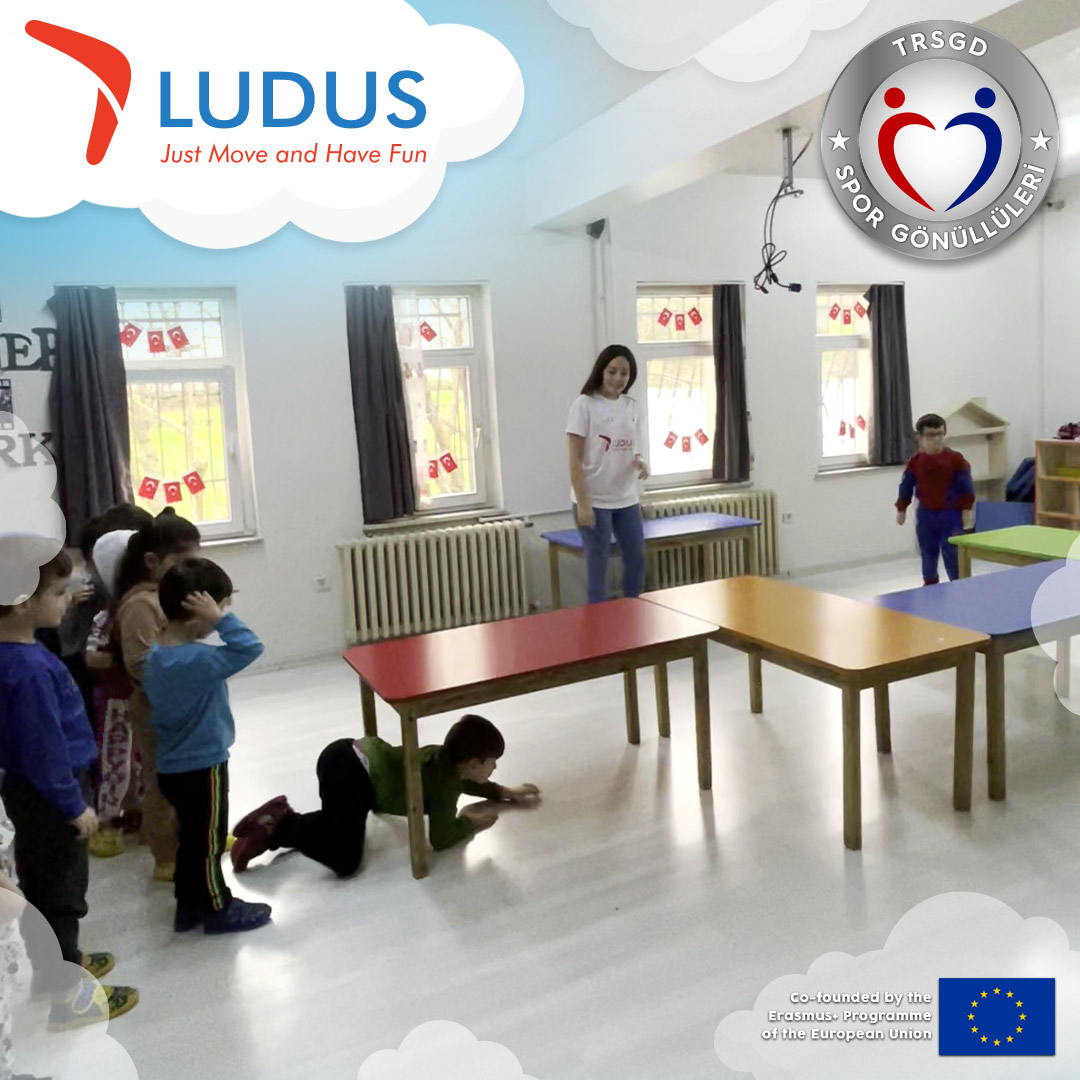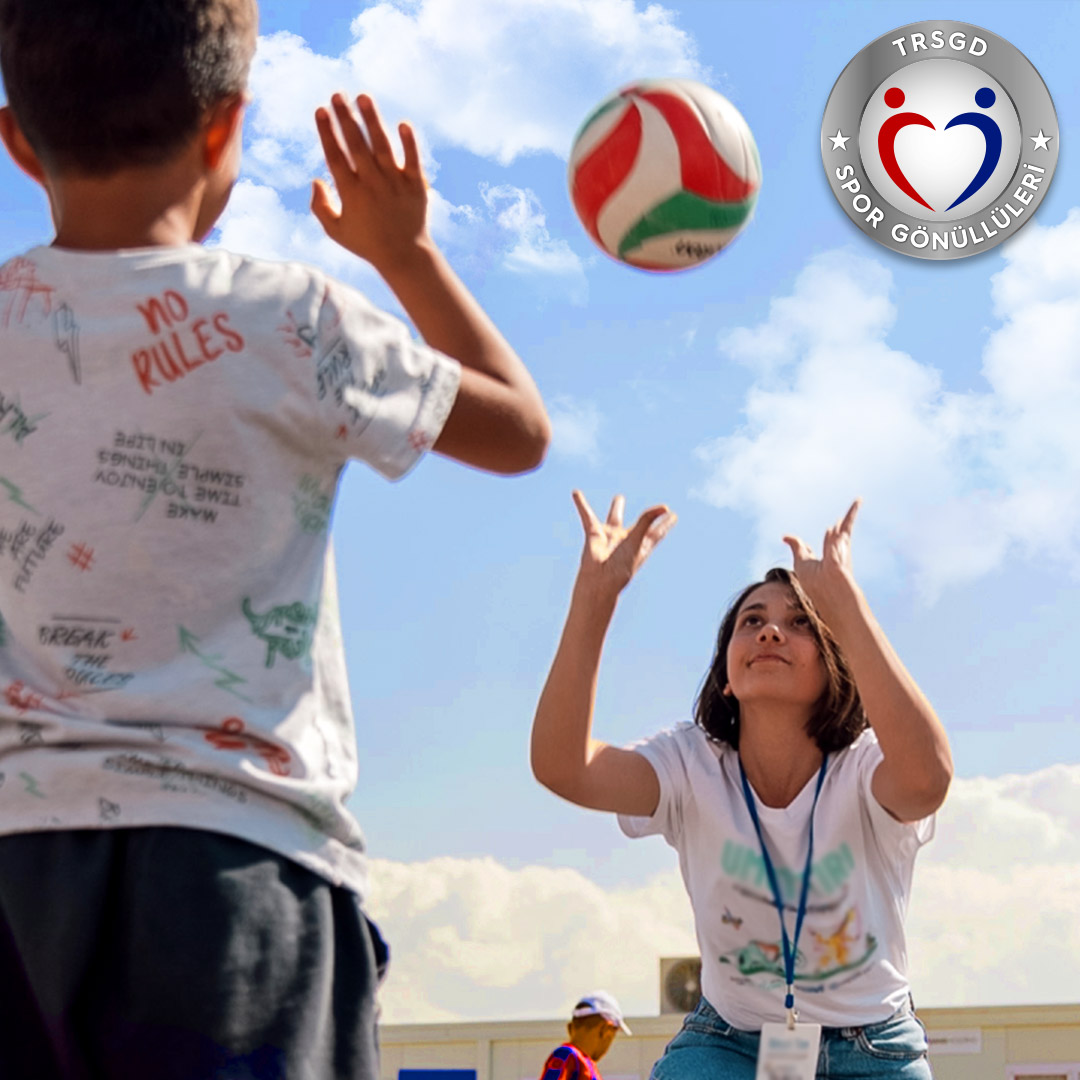AUTHOR: Buğra Kubilay Dursun
TARGET AUDIENCE OF THE ARTICLE: (who could benefit): Parents of young athletes, volunteers working with child athletes, child athletes, students interested in sports psychology
OBJECTIVE OF THE ARTICLE: (how it can be beneficial): To provide a comprehensive understanding of how sports can be beneficial to children. To reinforce the positive impact of engaging in sports on cognitive skills and developmental processes in children with scientific data. To impart basic-level knowledge about sports psychology.
Children and Sports
Movement is a vital need for humans. Through movement, children engage with the world, perceiving, exploring, testing, grasping, and understanding it with all their senses. It provides the opportunity for them to gain experience and develop a sense of self-confidence. In this context, physical education supports the emotional, cognitive, social, and physical development of children.
Children are inherently equipped with the impulse to move, including movements from the womb. Movement is an indicator of their joy of life. The period where the drive for movement is intense, especially in the first 10 years of life, is a critical period for developing physical activity habits that will evolve into lifelong habits. The impact of behavior patterns acquired in childhood often continues throughout a lifetime, defined as the effect of a child being constantly exposed to behavior.
Numerous studies have found an inverse relationship between stress, anxiety, and depression levels and regular physical activity. It has also been reported that adolescents who engage in regular exercise have fewer conflicts with their parents, fewer depressive symptoms, and above-average academic achievements.
What is Sports Psychology?
In the context of sports and exercise, the scientific study of individuals and human behavior and the application of acquired knowledge is referred to as Sports Psychology. To better understand the working areas of sports psychology and the benefits it provides to athletes, we can pose some example questions.
For instance:
Does a lack of self-confidence affect a child’s ability to learn to swim? Does running for sports reduce anxiety and depression? Does participating in Physical Education classes improve a child’s self-esteem?
Questions like these fall within the working areas of sports psychology. Sports and exercise psychologists work to fully understand people, including children, those with physical and mental disabilities, within the context of sports and exercise, helping them acquire habits of sports and exercise.
Fundamentally, how participation in physical activity affects human psychology is an important question in sports psychology.
What are parents’ expectations from children’s sports?
A study conducted by the US Anti-Doping Agency in 2011 examined what expectations parents have regarding their children’s participation in sports. Parents have an expectation for their children’s participation in sports to contribute to the development of their personal and social values. However, according to a study by Gould and Bean in 2011, participation in organized sports alone is not beneficial for children’s development. Character development, leadership, good sports behavior, and success orientations do not only emerge from participating in sports. These aspects are usually brought out by leaders who effectively control and understand children, creating positive environments. The first prerequisite for being qualified parents, coaches, or leaders who prepare an environment for the cognitive development of children is to understand the psychology of children’s participation in sports and physical activity.
The World Health Organization included sports as a measure to protect mental health in 2005 and recommends 30 minutes of sports every day.
Why do children participate or not participate in sports?
Why do children participate in sports? In a study involving 8,000 youth in the United States, participants were asked to rank the likely reasons for their participation in sports in order of importance. Many children’s primary reason for playing sports is to have fun. Other mentioned reasons include doing something they are good at, improving their skills, exercising and staying fit, spending time with friends, and making new friends. In other words, meeting a child’s need for fun through sports not only fulfills a developmental task but also reinforces the habit of participating in sports.
So, why do children not continue to participate in sports? The peak of children’s sports participation is reached between the ages of 10 and 13, and then there is a significant decrease in the percentage of those who continue to participate in organized sports until the age of 18. This means that out of every 10 children who start sports, 3 or 4 do not continue in the next period. In a study with 50 swimmers who quit swimming between the ages of 10 and 18, factors such as “doing other things” and “change of interest” were identified as the main reasons for most children quitting sports.
The descriptive reasons for quitting sports, such as a change of interest or not enjoying sports, underline the child’s need to feel valuable and competent. When young athletes feel valuable and competent in the activity, their tendency to participate in sports increases. If they do not feel comfortable showcasing their skills, they tend to quit sports. Recent studies show that when teenagers’ relationship needs are met in the sports environment, there is a higher probability of them participating in sports.
What is the role of Peers in Youth Sports?
The emotional friend motif is one of the main reasons affecting children’s participation in sports. Therefore, children enjoy sports through opportunities provided by sports to spend time with friends and make new friends. It is not surprising to say that friends and peers play a significant role in children’s psychological development. Peer relationships are closely related to the perception of acceptance, self-esteem, and self-motivation. In the initial stages, practitioners should improve peer relationships by creating motivating environments that support collaboration rather than competition. Practitioners can play games requiring small groups to interact during this process, increasing athlete or student participation. Positive peer relationships have been found to reduce stress, increase motivation stability, and ensure consistent participation in young American football players. Therefore, the significant contribution of peer relationships to increasing motivation for physical activity suggests that encouraging positive peer relationships can increase participation in physical activity.
REFERENCES
ALPASLAN, A. H. (2012). Ergen Ruh Sağlığı ve Spor. Afyonkarahisar: Kocatepe Medical Journal. ORHAN, R. (2019). Çocuk Gelişiminde Fiziksel Aktivitenin ve Sporun Önemi. Kırkkale: Kırıkkale University Social Sciences Journal (KÜSBD).
Weinberg R.S, D. G. (2019). Spor ve Egzersiz Psikolojisinin Temelleri. Ankara: NOBEL ACADEMIC PUBLISHING.

